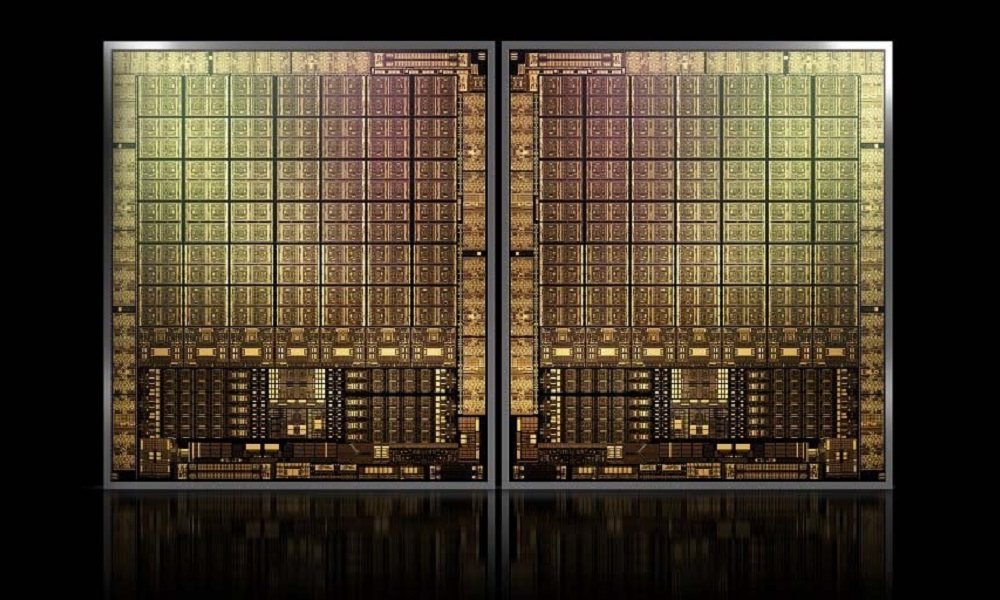
The NVIDIA GA100 GPU will become NVIDIA’s next top-of-the-range graphics core, although at first everything seems to indicate that, as happened with the GA100, said GPU could be limited to the professional sector. According to multiple reports and rumours, this new graphics core will be based on the Hopper architecture, will use TSMC’s 5nm node and could start from a MCM (multi-chip module) design.
Although most of the sources I have had the opportunity to see claim that the NVIDIA GA100 will use an MCM design, some more recent information pointed in the opposite direction, and ensured that in the end Hopper will use a monolithic core design. Since nothing is confirmed yet, we can only wait to see what NVIDIA finally surprises us with. By this I mean that both possibilities are open.
There are still many things up in the air, but thanks to new information we have been able to discover that the NVIDIA GA100 GPU will be a true monster made up of 140 billion transistorswhich will be focused on demanding tasks that require high parallelization capacity and power, such as inference and artificial intelligence, and its encapsulation could occupy an area of 900 square millimeters.
Since we have conflicting information about the design of that GPU, I want to remind you of the two possibilities that are on the table right now. The first is that the NVIDIA GA100 uses an MCM design by combining two chips to create a super GPU. Under this design, we would have two chips with 134 SM units each, which translates to 268 SM units. If the 128 shader split per SM unit is maintained, that GPU would have a whopping 34,304 shaders.
On the other hand, we have the second option, which claims that we will see a monolithic core design. If we start from the count of SM units that we have seen in the previous paragraph, we will realize that it would be extremely difficult moving that huge shader count to a single chip, and that its viability on the wafer would be questionable at best. With this in mind, I’m inclined to believe that Hopper will eventually mark the leap to an MCM design, if only partially, that is, even if NVIDIA combines it with some lesser GPUs based on a monolithic core design.



